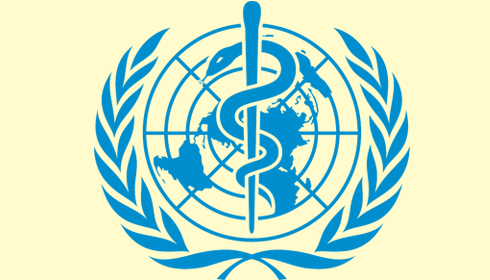
WHO Report Reveals Global Cancer Burden and Urgent Need for Equity in Care
As the world prepares to observe World Cancer Day, the World Health Organization (WHO) has released sobering statistics on the global burden of cancer, highlighting significant gaps in access to care and services. The report, issued by WHO's cancer agency, the International Agency for Research on Cancer (IARC), underscores the pressing need to address disparities in cancer prevention, diagnosis, and treatment.
Global Cancer Burden:
The latest estimates from IARC reveal a staggering 20 million new cancer cases and 9.7 million deaths in 2022 alone. Despite advances in detection and treatment, cancer remains a leading cause of morbidity and mortality worldwide. Notably, one in five people will develop cancer in their lifetime, with approximately one in nine men and one in twelve women succumbing to the disease.
Inequities in Access to Care:
WHO's survey of 115 countries reveals troubling disparities in the provision of cancer services, particularly in the context of universal health coverage (UHC). Shockingly, only 39% of participating countries include basic cancer management in their financed core health services for all citizens. Even more concerning is the finding that just 28% of countries cover palliative care, including pain relief, as part of their health benefit packages.
Leading Cancer Types:
Lung cancer emerged as the most commonly diagnosed cancer globally, followed by breast and colorectal cancers. Similarly, lung cancer topped the list as the leading cause of cancer death, with colorectal and liver cancers also contributing significantly to mortality rates.
Cervical Cancer Elimination Initiative:
Cervical cancer, though preventable and treatable, remains a significant public health concern, particularly in low-resource settings. WHO's Cervical Cancer Elimination Initiative aims to address this issue by scaling up preventive measures and access to quality care in affected regions.
Socioeconomic Disparities:
The report highlights stark inequities in cancer burden and outcomes based on Human Development Index (HDI). Women in lower HDI countries are 50% less likely to be diagnosed with breast cancer but face a significantly higher risk of mortality due to late diagnosis and inadequate treatment access.
Projected Burden Increase:
Looking ahead to 2050, WHO predicts a 77% increase in new cancer cases globally, with high HDI countries expected to experience the greatest absolute increase. However, the most striking proportional increases are projected in low and medium HDI countries, underscoring the urgent need for targeted interventions and resources in these regions.
Call to Action:
Addressing the global cancer burden requires a multifaceted approach that prioritizes equity, access, and prevention. Dr. Cary Adams, head of the Union for International Cancer Control (UICC), emphasizes the importance of political will and resource allocation in ensuring that everyone, regardless of their geographic location or socioeconomic status, has access to affordable, quality cancer care.
As the world unites to observe World Cancer Day, let us heed the call to action outlined by WHO and commit to closing the gap in cancer care, ensuring that no one is left behind in the fight against this devastating disease.